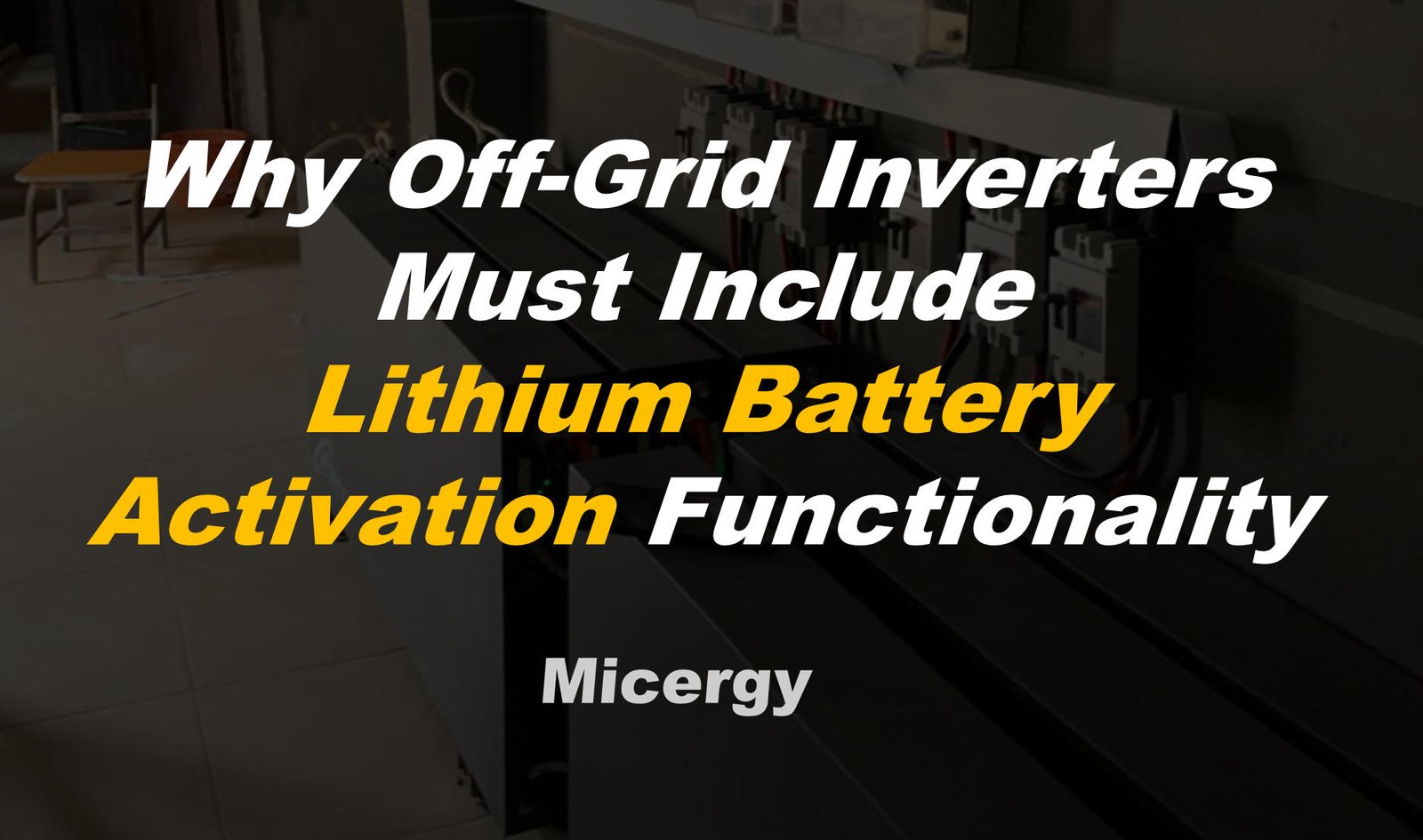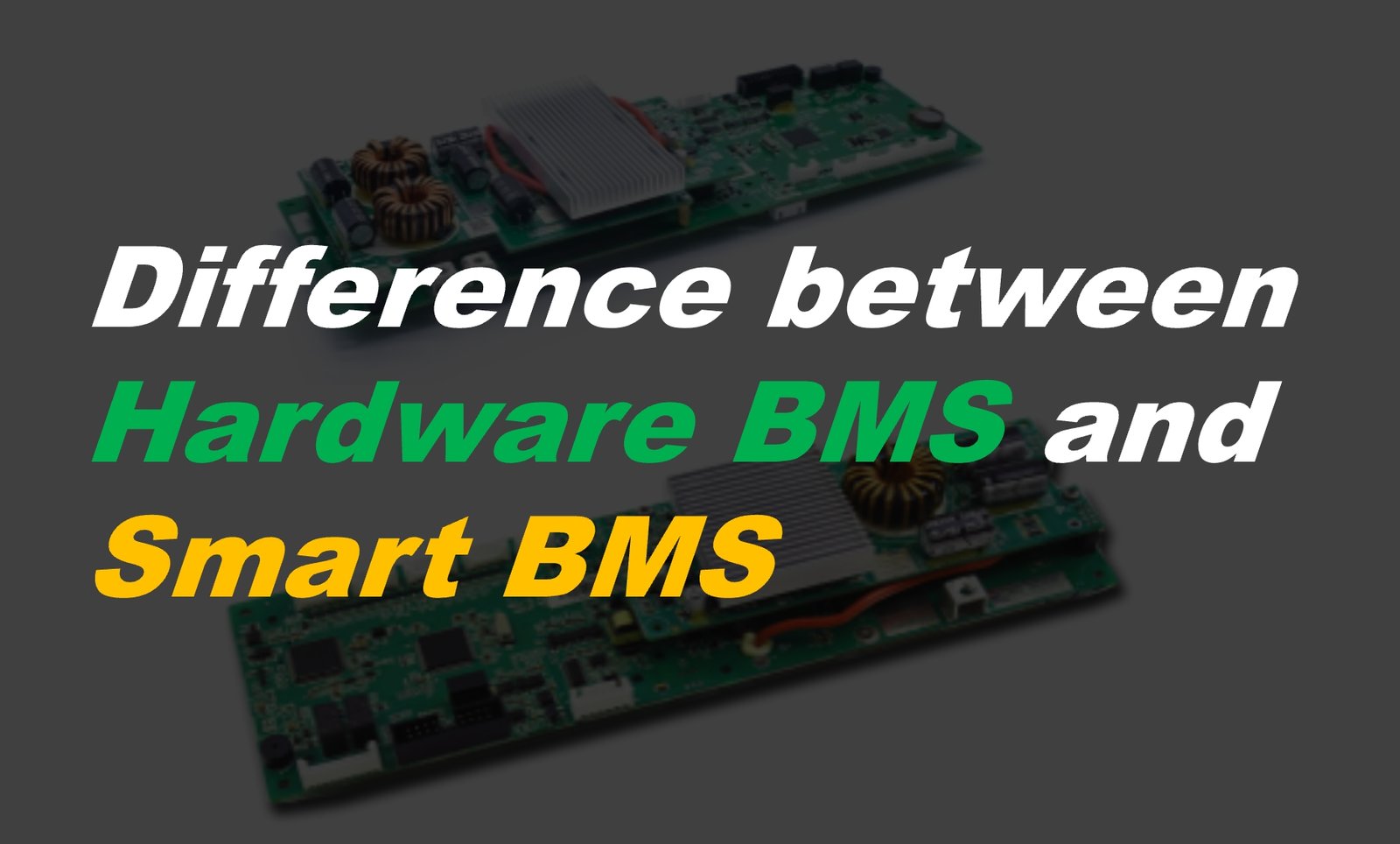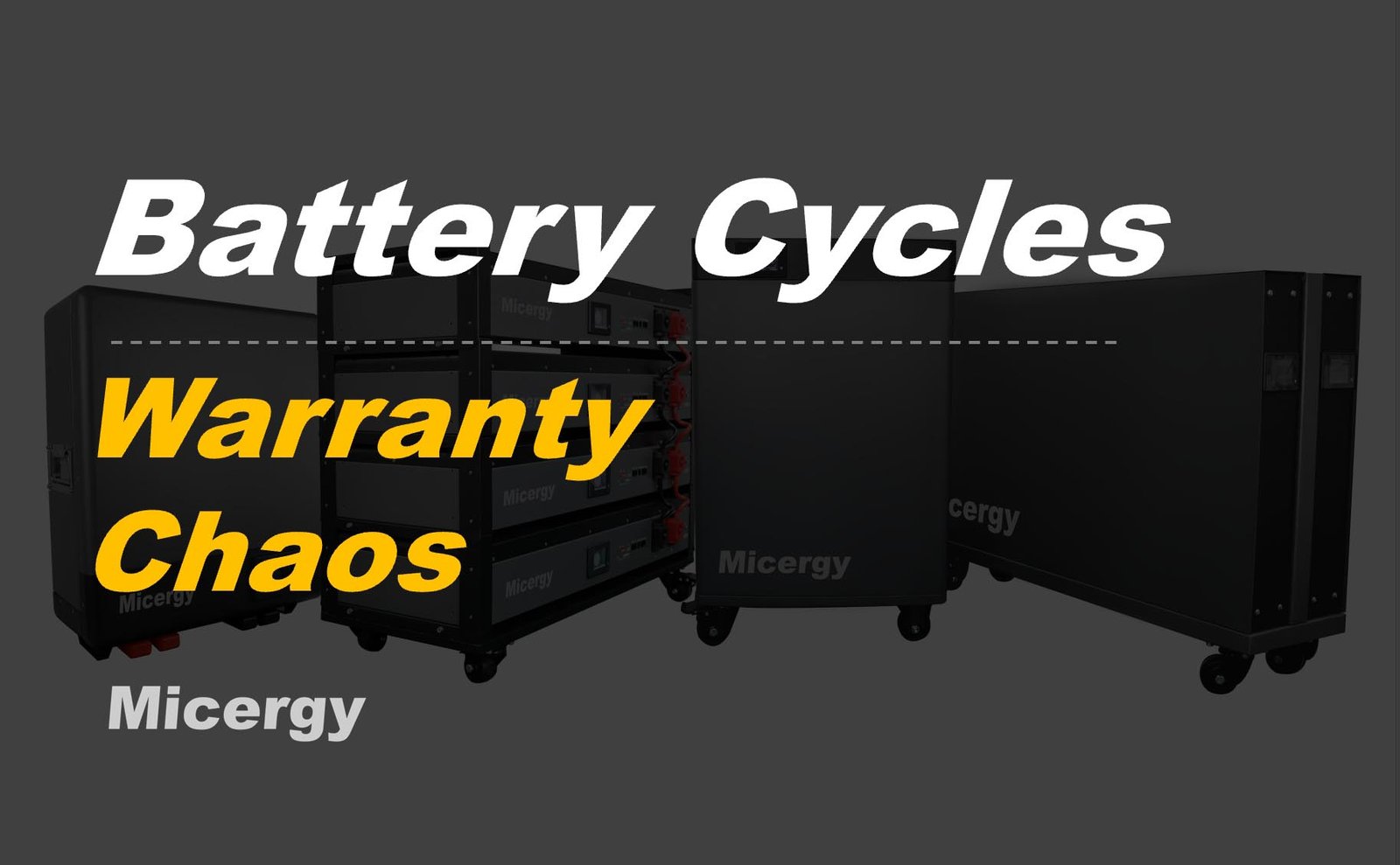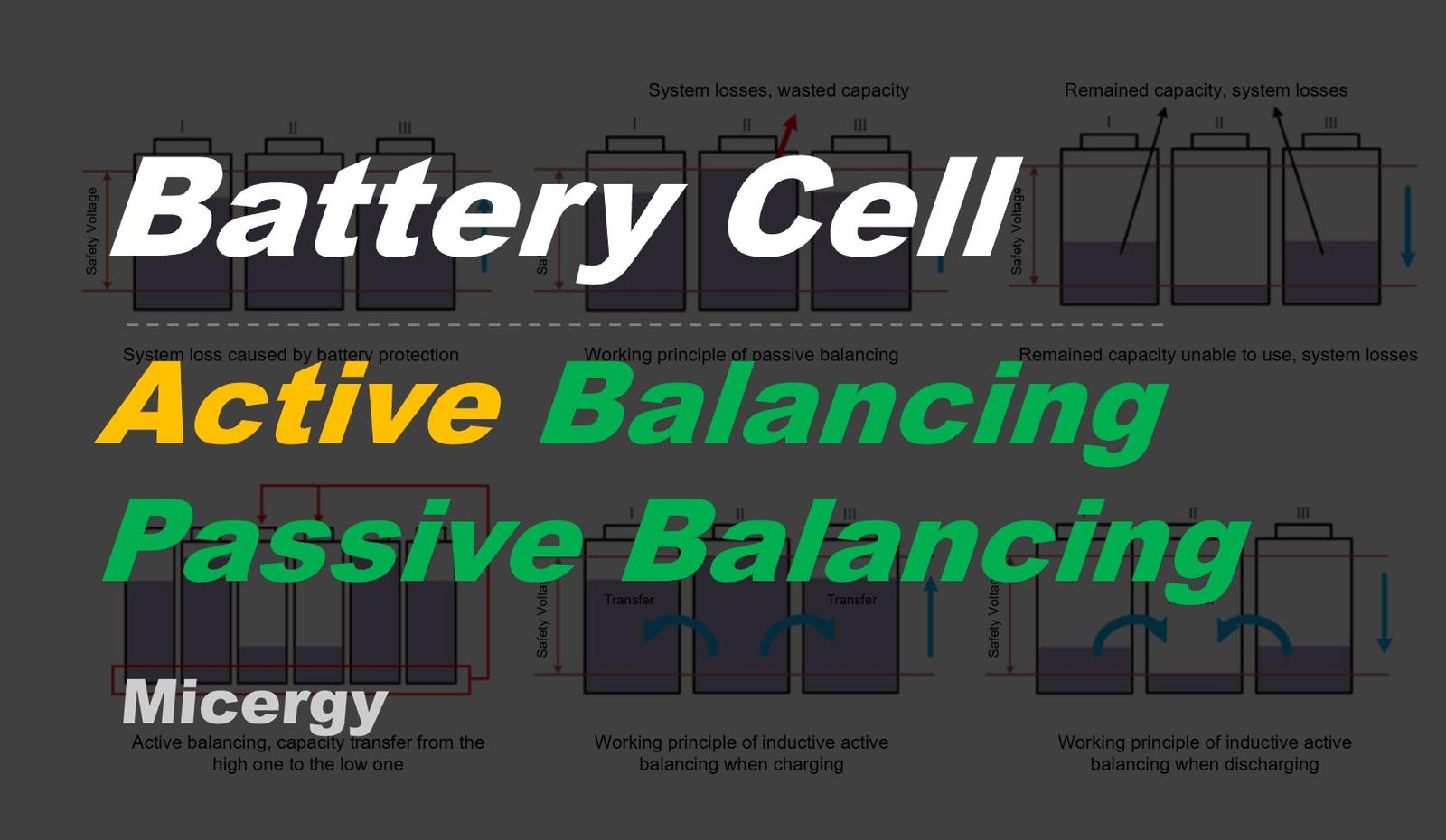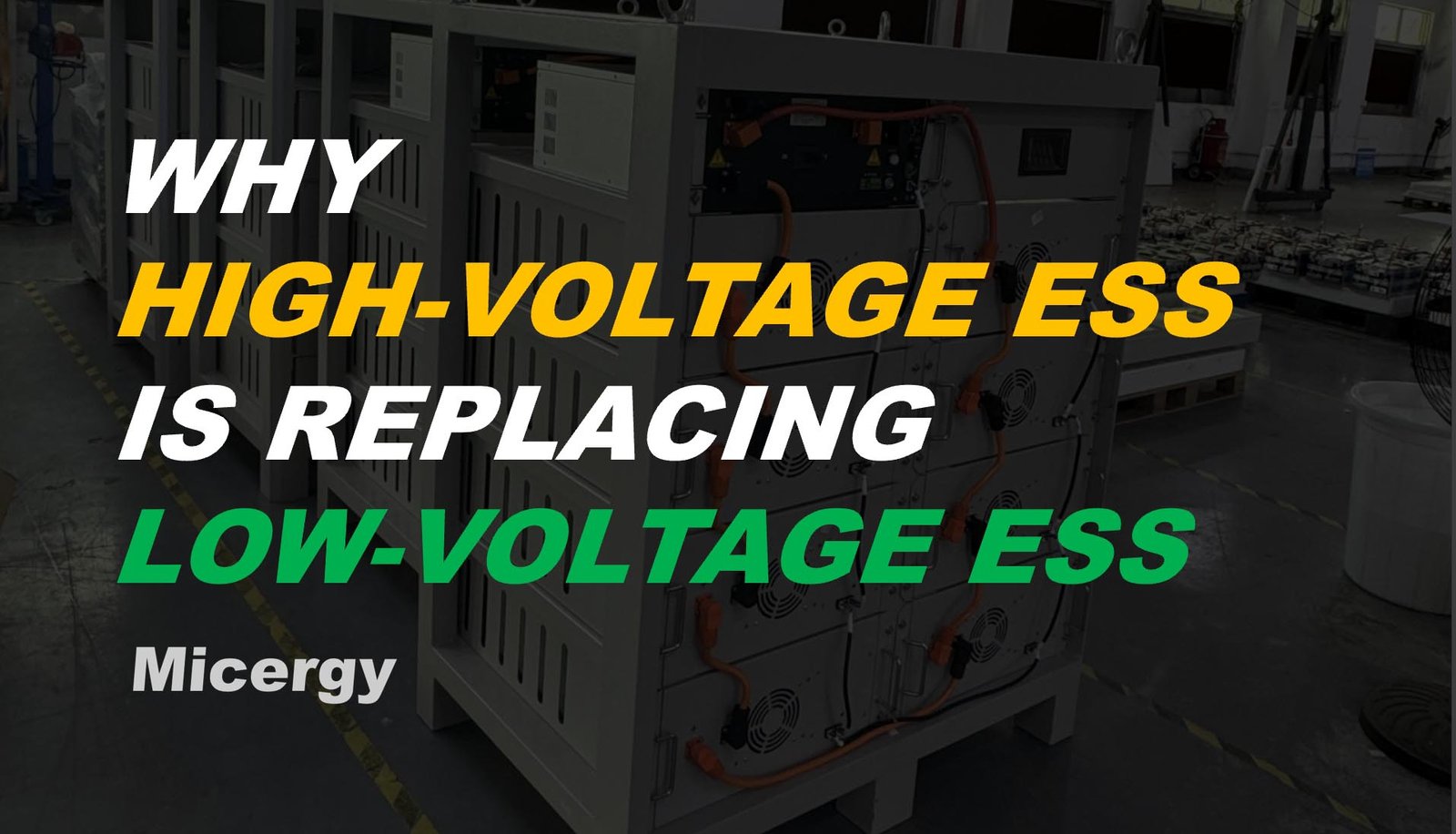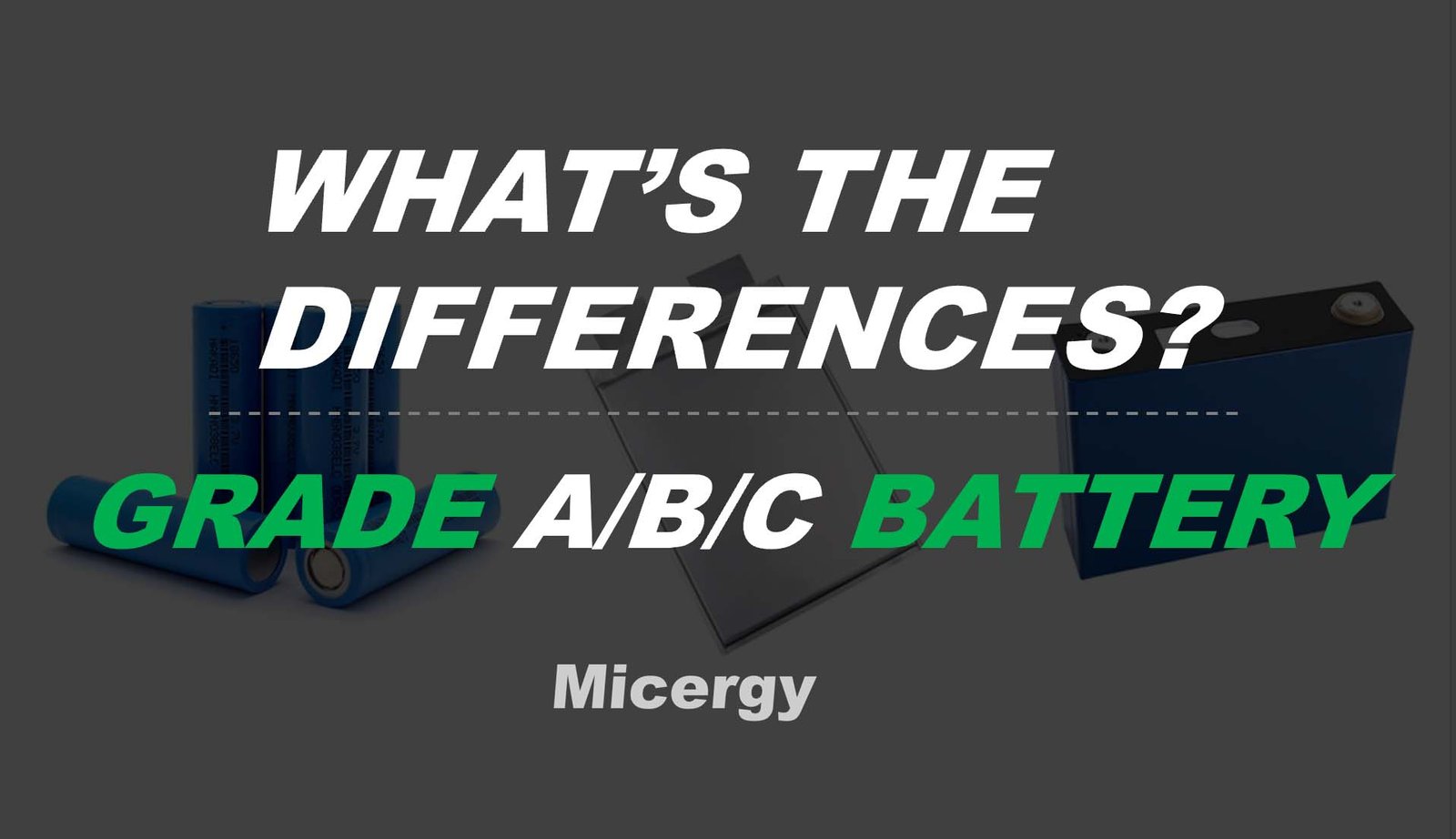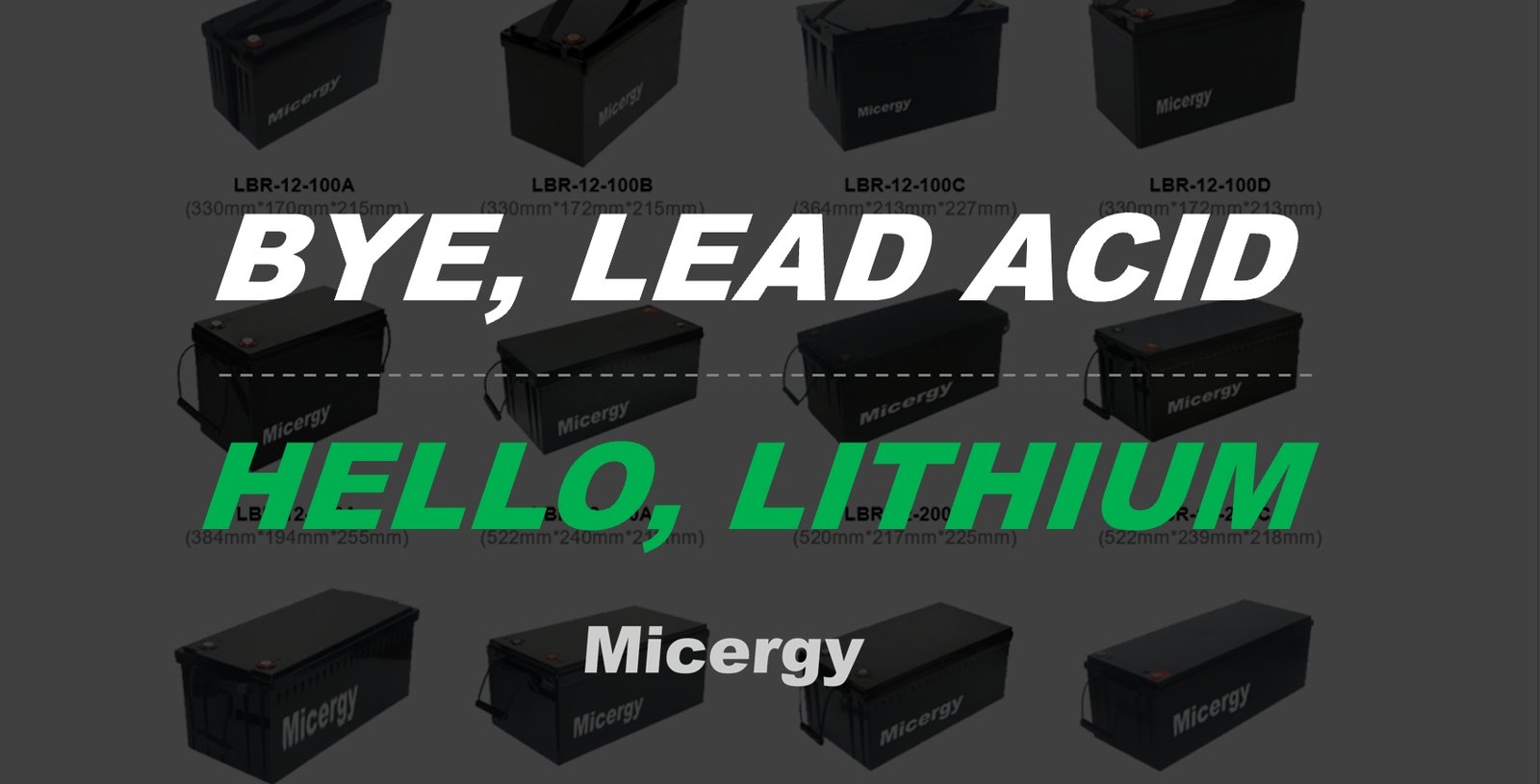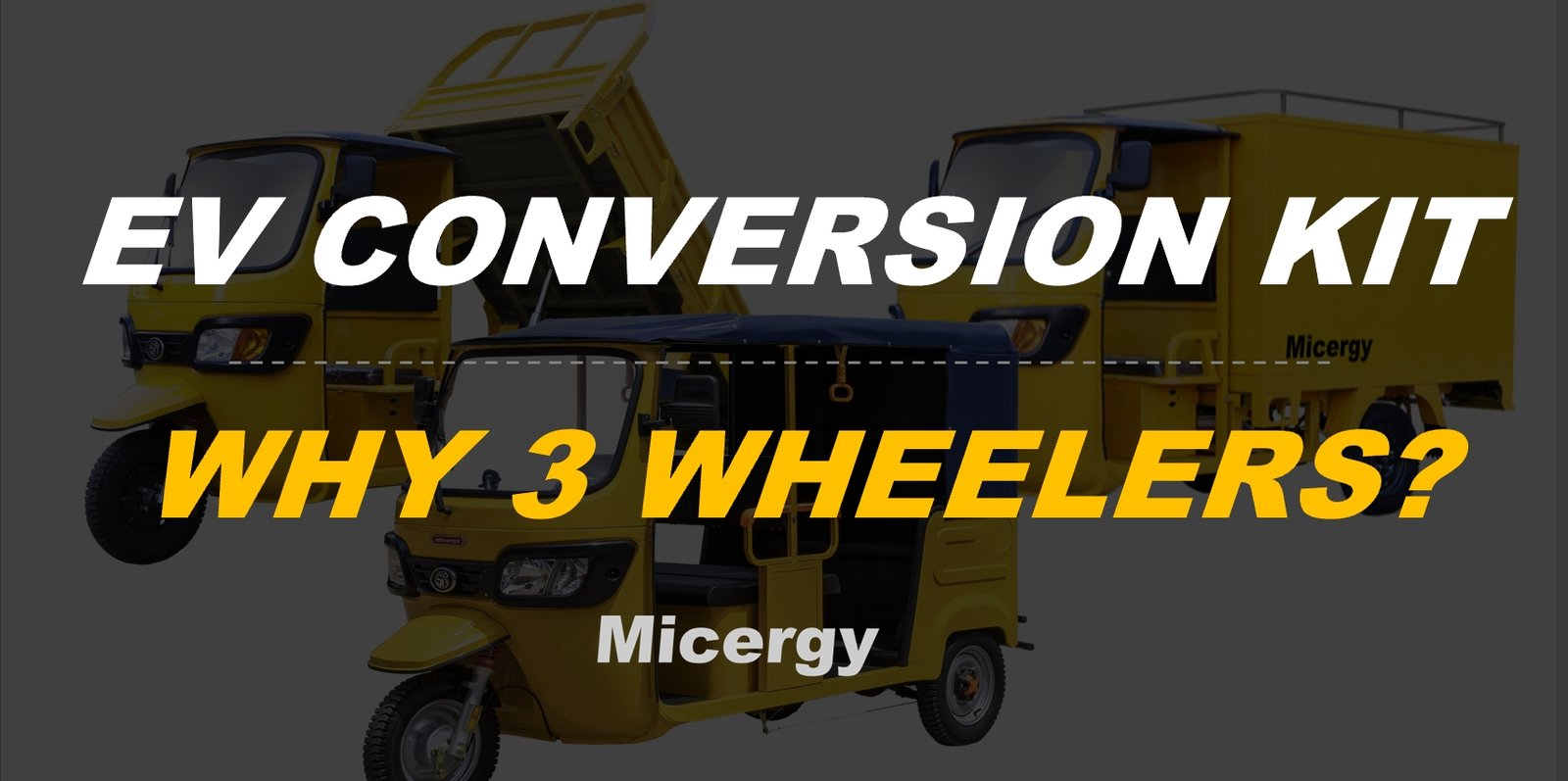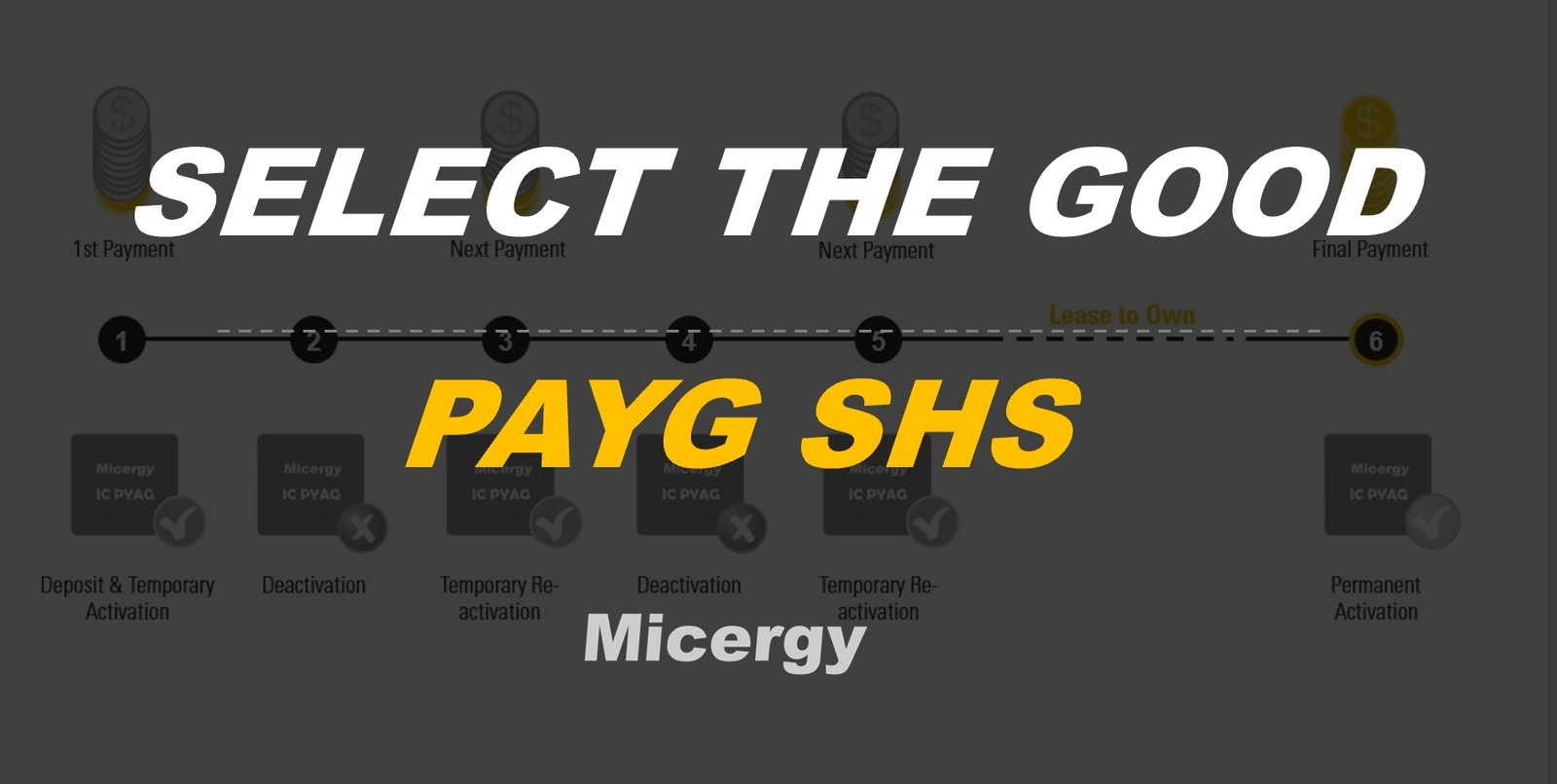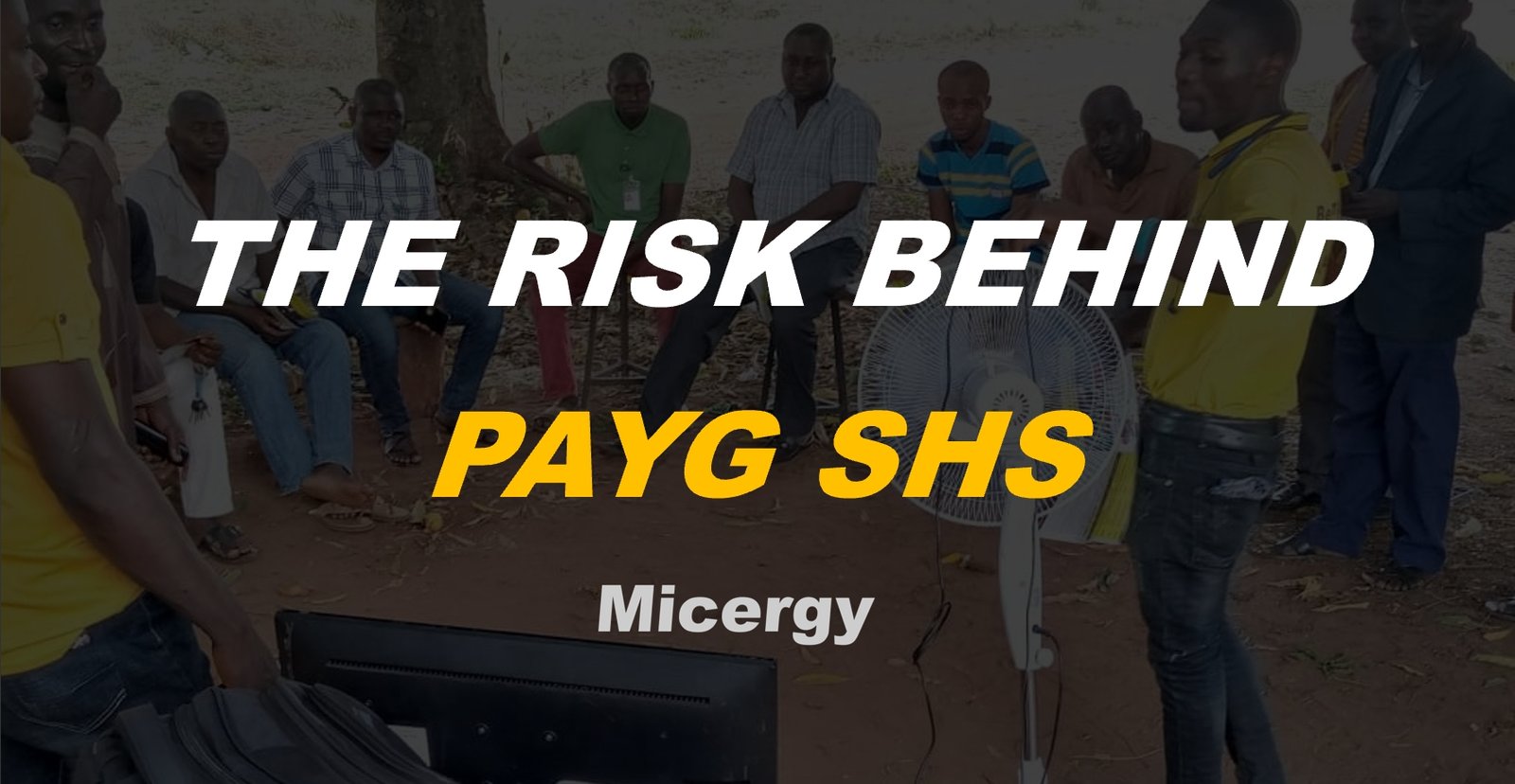In remote, off-grid regions where reliable electricity is a lifeline, off-grid inverter systems powered by lithium batteries are becoming more and more popular and replacing the traditional lead acid batteries by their lower lifespan cost and longer lifespan. These systems—typically 12V, 24V, or 48V—provide energy for lighting, communication, and essential appliances. However, a critical flaw plagues many off-grid inverters today: the lack of built-in lithium battery activation functionality. This oversight can render entire systems inoperable when batteries enter sleep mode after deep discharge, leaving communities in darkness even when the sun rises. For off-grid users, this is not just an inconvenience—it is a crisis.
The Root of the Problem: Lithium Battery Sleep Mode
Lithium batteries, while efficient, have a protective mechanism: when deeply discharged (e.g., overnight use depletes stored energy), their internal protection boards cut off power to prevent permanent damage, causing the battery to enter "sleep mode." In this state, the battery’s voltage drops below the minimum threshold required for the inverter to start (typically 10.5V for 12V systems, 21V for 24V systems, and 42V for 48V systems).
Without activation functionality, the inverter—designed to draw power from the battery to initialize its own operations—cannot start, even if sunlight is available to recharge the battery. The solar panels alone cannot bypass the inverter to charge the dormant battery, creating a deadlock: the battery needs the inverter to start charging, but the inverter needs the battery to have enough voltage to start. In grid-connected areas, users might plug the inverter into mains power to "wake" the battery, but in remote off-grid regions, this is impossible.
Micergy 12V, 24V, and 48V Lithium Battery Systems and Inverters with Lithium Battery Activation Functionality.
The failure to include activation functionality disrupts daily life across all off-grid system sizes, let's take Micergy's Ease Series Energy Storage Kits as example.
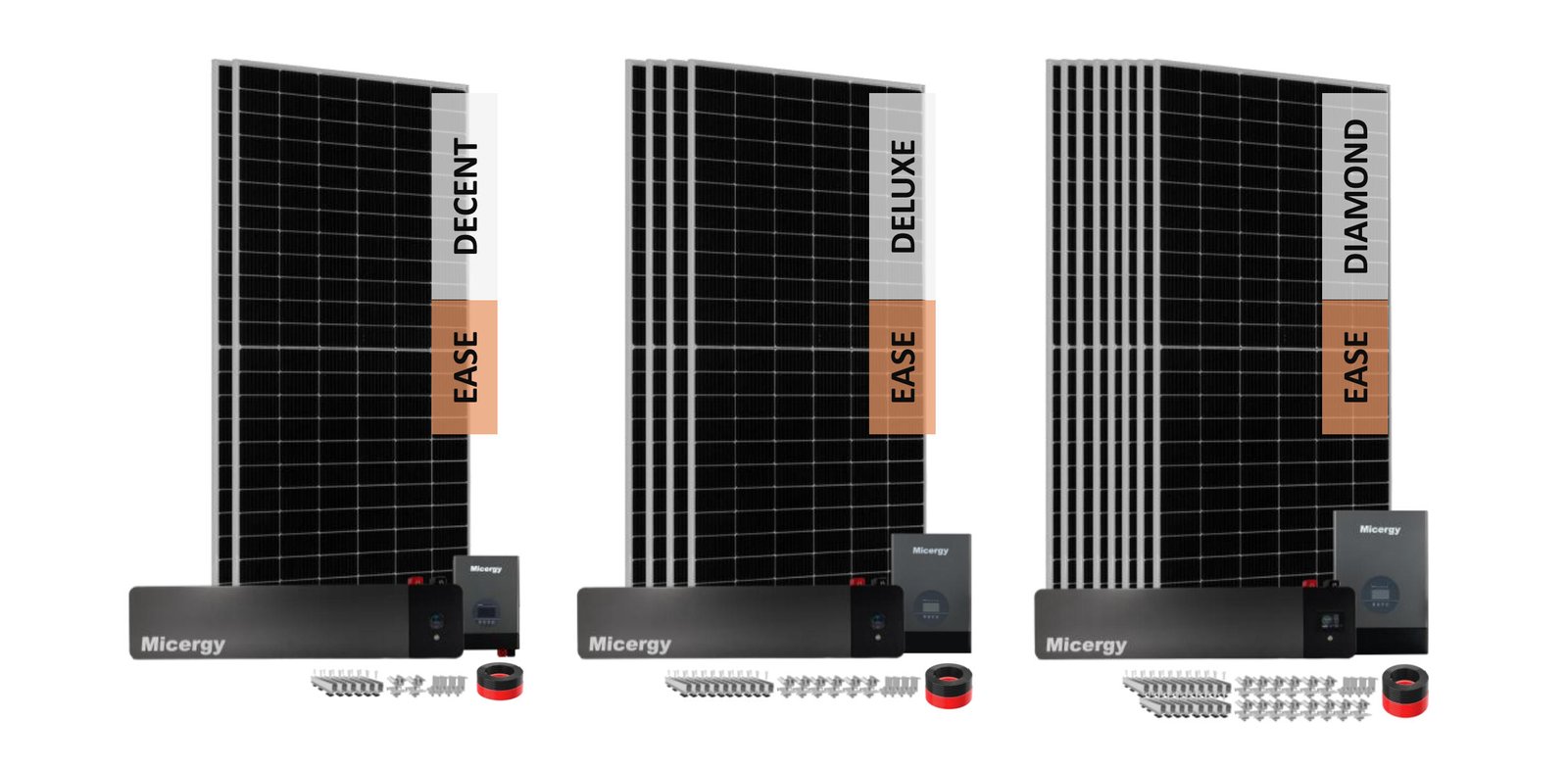
1. Micergy 12V Systems (e.g., 12.8V/156Ah batteries with 1.2kW inverters): Common in small households or rural huts, these systems power LED lights, phone chargers, and small fans. Overnight discharge can drop the battery voltage to 9V or lower—below the inverter’s 10.5V startup threshold. Without activation, the next day’s sunlight is useless: the inverter cannot start, so the solar panels cannot recharge the battery. Families are left without light or communication until they can source an external DC power supply—a near-impossible task in remote areas.
2. Micergy 24V Systems (e.g., 25.6V/156Ah batteries with 3.6kW inverters): Used for larger homes or small community facilities, these systems run refrigerators, TVs, or water pumps. A dead battery may drop to 18V, below the inverter’s 21V startup limit. Without activation, critical equipment like medical refrigerators or water pumps remain offline, threatening health and sanitation. Communities relying on these systems for livelihoods (e.g., storing agricultural produce) face economic losses.
3. Micergy 48V Systems (e.g., 51.2V/156Ah batteries with 6.5kW inverters): Most deployed in schools, clinics, or remote work sites, these systems support multiple appliances and even small machinery. A dormant battery might fall to 38V, below the inverter’s 42V startup voltage. The consequences are severe: clinics cannot power medical devices, schools lose lighting for classes, and work sites halt operations—all because the system cannot self-recover.
The Solution: Built-In Activation Functionality
An inverter with lithium battery activation functionality breaks this deadlock by bypassing the traditional startup sequence. Here’s how it works:
When the inverter detects a dormant battery (voltage below the startup threshold), it activates a low-power "pre-charge mode." Using direct current from solar panels, it delivers a small, controlled current (e.g., 5A) to the battery, gradually raising its voltage until it exceeds the inverter’s startup threshold. Once the battery is "awake," the inverter switches to normal operation, allowing full solar charging and AC output.
This self-contained process requires no external power sources, making it ideal for off-grid regions. For 12V systems, it ensures the battery recharges from 9V to 10.5V quickly; for 24V and 48V systems, it prevents prolonged downtime for critical equipment.
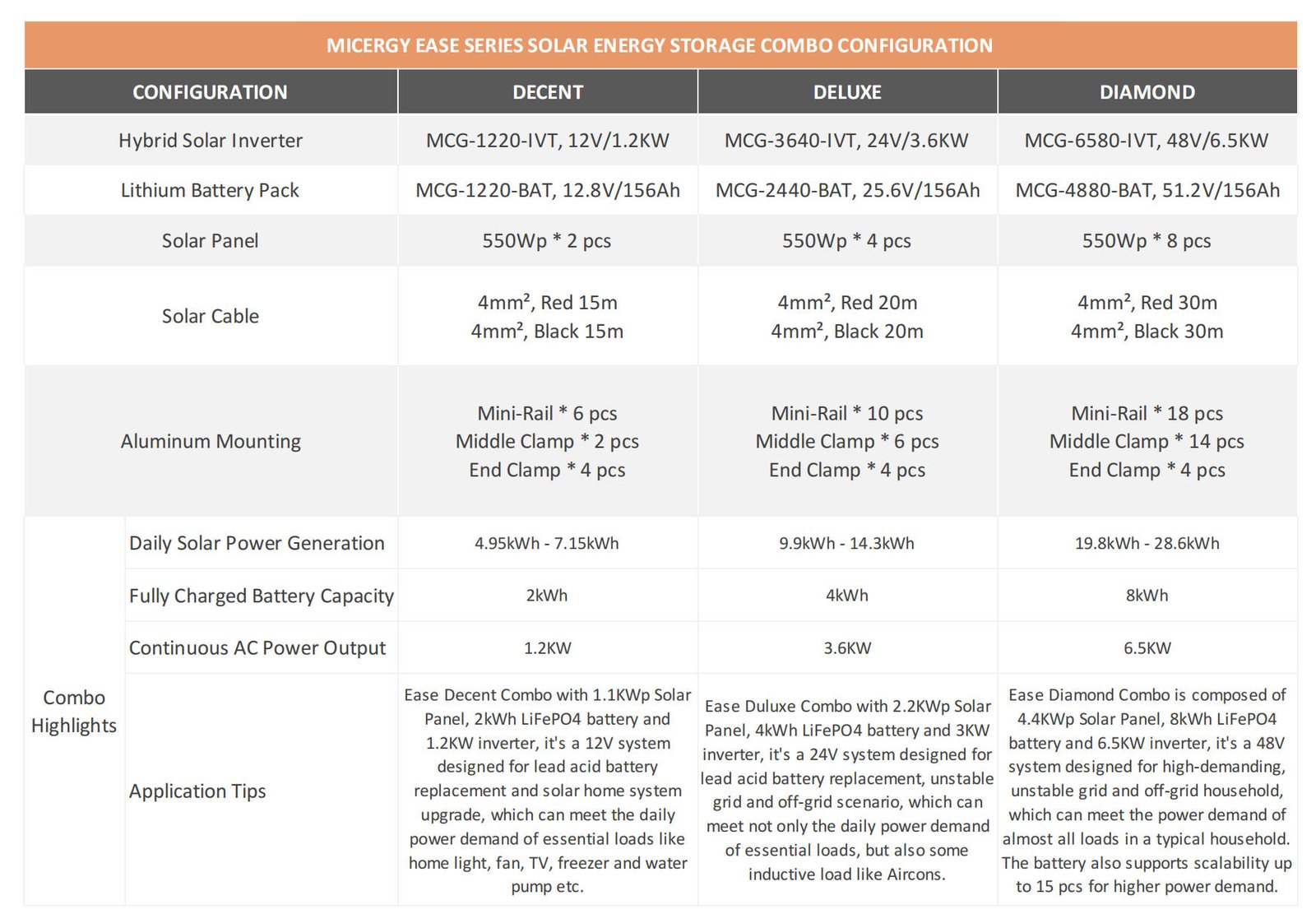
Conclusion: A Non-Negotiable Feature for Off-Grid Reliability
For users in remote, off-grid areas, an inverter without lithium battery activation is a ticking time bomb. It transforms a reliable energy system into one that fails at the worst moment—when batteries are depleted and no external help is available.
Manufacturers of off-grid inverters must prioritize this functionality. For 12V, 24V, and 48V systems alike, built-in activation ensures that even after deep discharge, the sun’s energy can revive the battery, keeping lights on, equipment running, and communities connected. In off-grid regions, this is not just a feature—it is a necessity.
In short, an inverter charger without lithium battery activation in area without grid access is just an inverter. It abandons the "charger" half of its purpose, leaving users with a device that cannot sustain the energy cycle critical to off-grid life. For remote communities relying on these systems, this is more than a feature gap—it is a failure of the technology to deliver on its promise of self-sustaining power.
About Micergy
Micergy started lithium battery manufacturing in 2009 and provides custom lithium battery products for different sectors, including energy storage batteries, lighting electric vehicle batteries, and custom batteries for golf carts, Marine, RV, and Forklifts. Besides, not limiting ourselves to the R&D of BMS to protect the battery and lengthen the lifespan, relying on the competitiveness of the battery, Micergy further embraces the IoT technology and developed comprehensive 'Energy + IoT' solutions for various sectors to solve the affordability problem of product with a high upfront cost.


